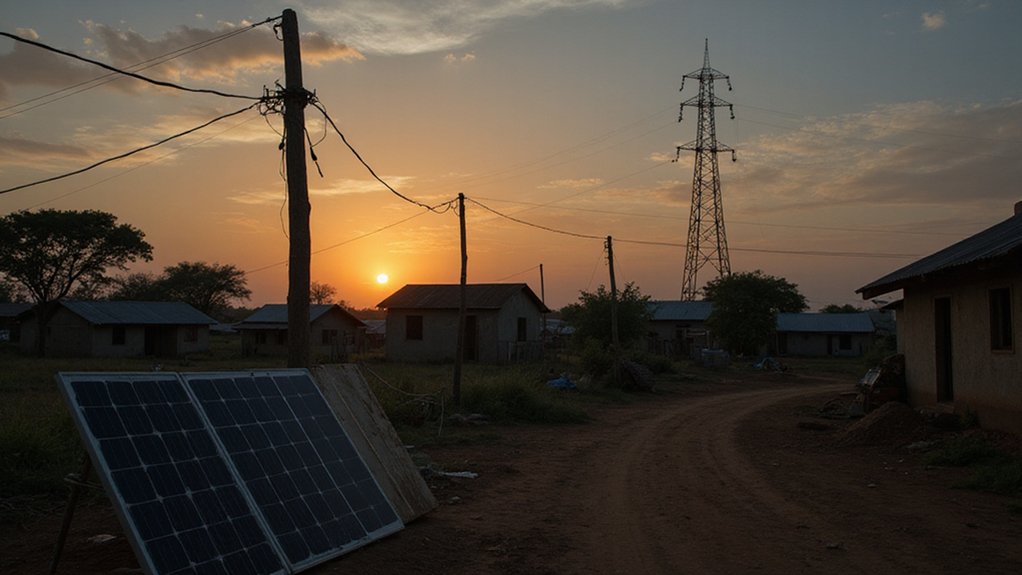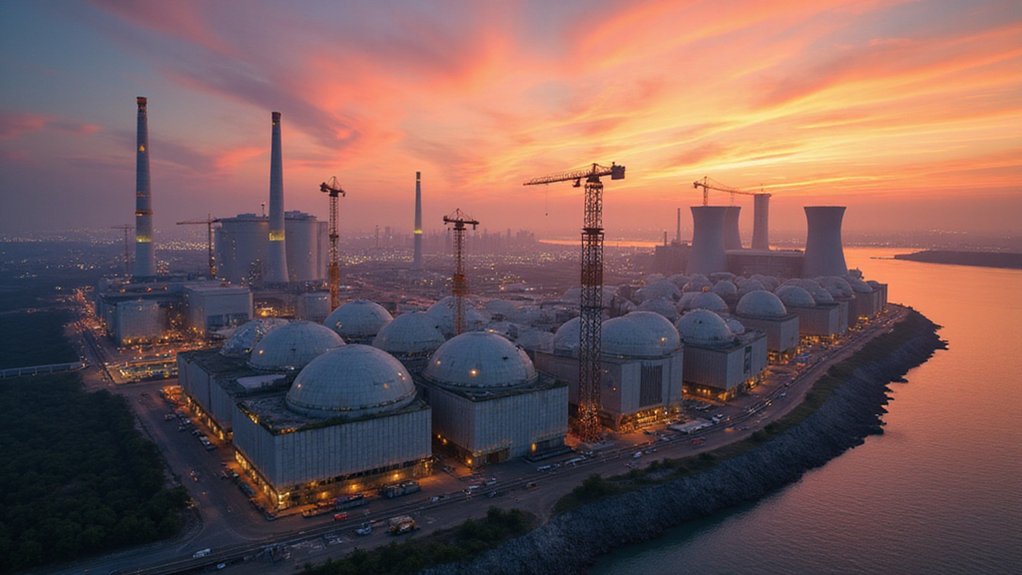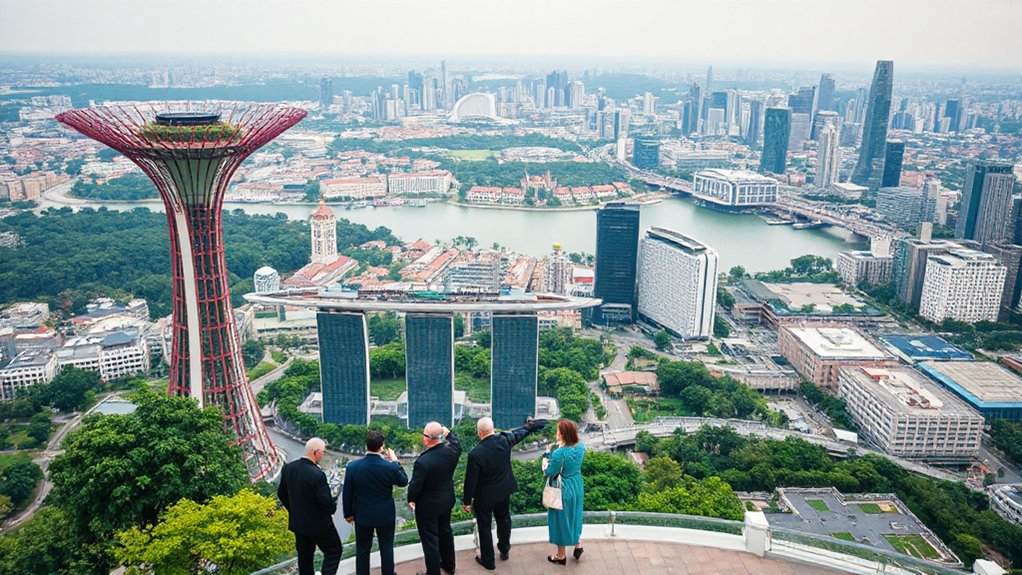Power Africa, the $1.2 billion US initiative bringing electricity to millions across the continent, has been terminated. Budget cuts killed nearly all programs, laid off staff, and wiped out its digital presence. The initiative leveraged nearly $29 billion and aimed to power 216 million people. Healthcare, education, and industry will suffer. Clean energy projects now hang in limbo. Africa’s energy needs? Apparently not America’s problem anymore. The full impact remains to be calculated.
The axe has fallen on Power Africa. The U.S. initiative aimed at expanding electricity access across the African continent has been terminated, victim to broad federal budget cuts. Nearly all programs have ceased, staff laid off, and its operational presence erased from the digital landscape. Goodbye, Power Africa website.
Power Africa joins the financial chopping block, its electricity dreams for millions unplugged with a bureaucratic keystroke.
Since 2013, Power Africa received over $1.2 billion in direct U.S. funding. Not chump change. This investment leveraged around $27-29 billion in total commitments, supporting financing for more than 150 energy projects continent-wide. Projects that would have delivered enough electricity for 216 million people. Would have.
The cuts align with cost-cutting measures championed by the Department of Government Efficiency, Elon Musk’s new playground. USAID, which managed Power Africa, has been dismantled. Efficient? Maybe for American taxpayers. Not so much for millions waiting for the lights to come on.
By 2025, about 9,000 MW of new, affordable electricity had already come online through the initiative. Progress interrupted. Now, both new and ongoing clean energy projects face uncertainty. Geothermal, hydro, wind, solar—all affected.
The consequences? They’re not pretty. Aid cuts could push an additional 5.7 million Africans into extreme poverty next year. No power means compromised healthcare, limited education, and stunted industrial growth. Jobs disappear. Development stalls.
Power Africa wasn’t just throwing money at problems. It leveraged partnerships with private sectors, multilateral institutions, and governments to achieve tangible results. It promoted renewable energy as a tool for sustainable development. It worked. This reversal is part of a broader pattern as thirty-seven developing nations have slowed their adoption of renewables following America’s climate policy withdrawal.
Some initiatives connecting U.S. companies with African projects might survive under other agencies. The State Department has mentioned reassessing aid programs based on “national interests.” The initiative’s original goal was to add 30,000 MW capacity and connect 60 million people to electricity by 2030, targets now unlikely to be met. But the message is clear: Africa’s energy needs aren’t a priority anymore.
The termination has effectively eliminated opportunities for over 100 US firms that had been participating in Africa’s energy sector development through the initiative. The lights are dimming on what once promised brighter futures for millions. Power moves—just not the kind that keeps hospitals running or businesses growing.
References
- https://www.context.news/just-transition/usaid-cuts-hurt-debated-energy-plans-in-africa
- https://earth.org/trump-ends-us-initiative-to-boost-renewable-energy-projects-electricity-in-africa/
- https://futures.issafrica.org/blog/2025/The-toll-of-USAID-cuts-on-Africa
- https://theelectricityhub.com/funding-freeze-jeopardises-africas-energy-future/
- https://africasustainabilitymatters.com/trump-shuts-down-power-africa-an-initiative-to-expand-electricity-access-in-africa/







